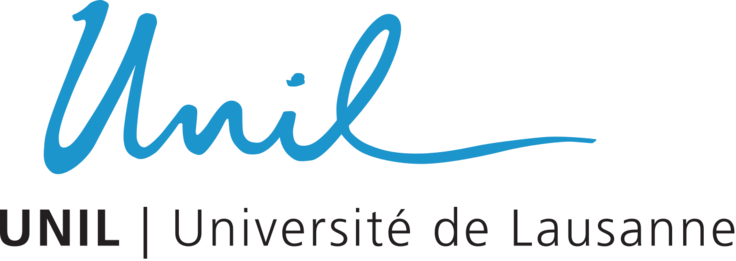No Results Found. Please refine your search.
Swiss Ai Research Overview Platform

No Results Found. Please refine your search.

geostatistical algorithms and image analysis: The main research interests of GAIA reside in the development of stochastic methods that characterize the spatial and temporal variability inherent to hydrological systems. It involved the development of numerical techniques using high-order, nonparametric statistics. These enable to analyze complex datasets such as remote sensing data or the outputs of complex models (climate models or flow/transport models). The work pursued is at the frontier between Earth modeling and computer science, with a strong emphasis on stochastic models, training images and example-based modeling.
One key contribution has been the development of numerical methods that offer improved possibilities to integrate different kinds of data, especially those using the semi-qualitative concept of a training image. These include algorithms to perform reconstructions and stochastic simulations, broadly known as Multi Point Statistics.